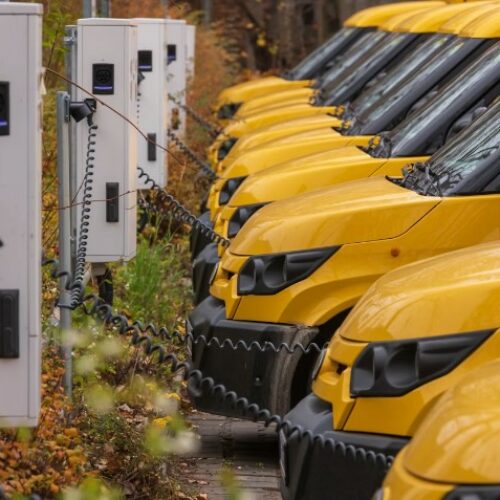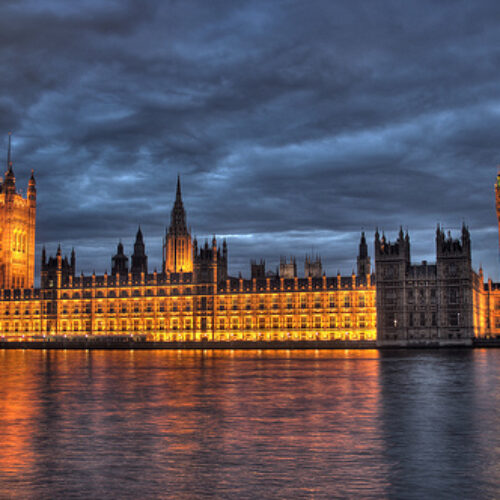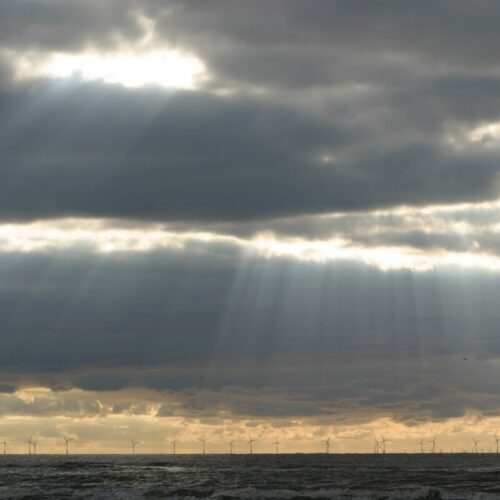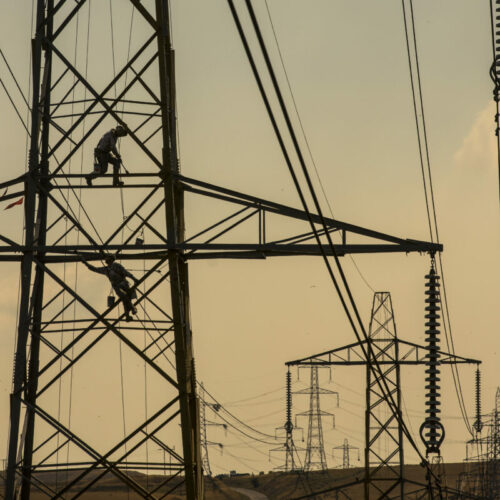Northern Powergrid has launched a six-stage plan to reduce losses and carbon emissions across its network, utilising smart meter data to enhance its knowledge of the 3.9 million homes and businesses it serves.
The distribution network operator (DNO) previously announced it would be investing significant sums in boosting its monitoring capabiltiy by upgrading 8,000 substations.
It has now added plans to use nationwide smart metering information to access newly available information to forecast and minimise losses on its network and ensure a prioritised response to replacement work to improve its network.
Northern Powergrid, which is responsible for the network that delivers power across the North East, Yorkshire and northern Lincolnshire, intends to use smart meter data to identify high loss network areas that will benefit from targeted network reinforcement.
Mark Nicholson, Northern Powergrid’s head of smart grid implementation, said: “Losses are currently seen as an unavoidable reality of network operation. The smart meter roll-out is bringing a huge data bonus to those of us involved with loss reduction, enabling us to tackle this issue head on and reduce unnecessary carbon emissions from wasted electricity.”
The data would provide information on losses specifc to the stretch of grid running between where the smart meters are located, identifying losses with new detail and regulatory.
“The national smart meter roll-out and the associated move to a half-hourly market settlement processes will introduce more accurate metering point data. We hope this near-real time data availability will mean technical losses can be more readily evaluated,” Nicholson added.
“Incorporating this data evaluation, and making use of both existing and new data, allows us to move innovative ideas that will deliver improvements into the operational every day.”
However, it remains uncleasr how the DNO will access this data from a consumer privacy perspective, as ownership of such data is not yet clear. Government guidelines dictate that alongside energy companies, networks can only access “appropriate data” to enable them to “carry out other essential tasks”.
Northern Powergrid told Clean Energy News that while the use of this “theoretical data” had not yet been clarified, “data security will, however, be the highest priority”.
Seeking losses across the system
As well as using the information flows from smart meters as they become availavble to “better understand, estimate and forceast losses”, Northern Powergrid’s approach will also seek to reduce losses through the selection of equipment and installation designs across its engineering activity.
Other areas of its six-stage plan will include targetting the use of demand side response to reduce peak loads and existing reinforcement programmes; reviewing network configuration to establish where loss reductions can be made; and working to disconnect illegal and/or unsafe connections.
The DNO will also develop our understanding of losses data sufficiently to consider the re-introduction of a financial incentive on losses performance in the next RIIO period.
In conjunction with the new programme, the DNO is increasing training for team members and engineers to better tackle losses, while embarking on a losses education programme for customers and stakeholders with a new dedicated area of its website.
The six-stage approach has been developed following extensive industry, stakeholder and customer collaboration, involving workshops and an open consultation as Phil Jagger, smart grid development engineer at Northern Powergrid, explained.
“Our stakeholder engagement has really opened up our thinking on losses. At one event it was suggested that the cost of losses should take into account the variable electricity price during the day and the year, rather than an average annual price. As a result we are now considering an approach that considers valuing the spot price of losses in our investment decisions.
“Losses are a critical issue and one we are increasingly able to tackle with new information and technology. Improvements in this area will help make the UK’s electricity network as efficient as possible; making the most of the low-carbon generation coming on-line and helping with the decarbonisation of our energy landscape while continuing to provide our customers with a reliable supply.”





